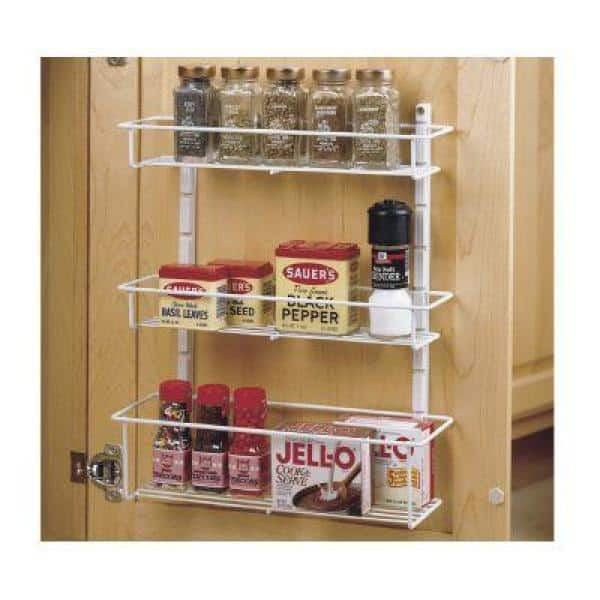DynaGlide
Member
- Joined
- May 16, 2017
- Messages
- 1,697
I wasn't sure where to put this, but it seems appropriate here.
I've made a total of 6 shaker doors in my short time as a hobbyist. I use this tongue and groove bit set to make them: https://www.amazon.com/gp/product/B00006XMTT/ref=ppx_yo_dt_b_search_asin_title?ie=UTF8&th=1

The center panels I use MDF and backcut with a straight bit so they're flush to the frame on the inside of the door:

Finally I pre-prime around the edges of the panels before assembly:

The one step that bothers me is I have to go manually sand inside the grooves to break the edges otherwise it'll show up after finish and there won't be anything I can do about it. I recall seeing mention on a forum somewhere of a router bit set that performs this operation while doing the grooves, sort of like a back bevel.
If such a router bit set exists it would solve two problems I have:
1) Not having to sand the grooves which is a PITA
2) It would prevent finish from 'sticking' between the panel and the frame:

Any ideas? [member=4105]tjbnwi[/member] Sorry to keep tagging you but you're like the painting guru around here.
Matt
I've made a total of 6 shaker doors in my short time as a hobbyist. I use this tongue and groove bit set to make them: https://www.amazon.com/gp/product/B00006XMTT/ref=ppx_yo_dt_b_search_asin_title?ie=UTF8&th=1

The center panels I use MDF and backcut with a straight bit so they're flush to the frame on the inside of the door:

Finally I pre-prime around the edges of the panels before assembly:

The one step that bothers me is I have to go manually sand inside the grooves to break the edges otherwise it'll show up after finish and there won't be anything I can do about it. I recall seeing mention on a forum somewhere of a router bit set that performs this operation while doing the grooves, sort of like a back bevel.
If such a router bit set exists it would solve two problems I have:
1) Not having to sand the grooves which is a PITA
2) It would prevent finish from 'sticking' between the panel and the frame:

Any ideas? [member=4105]tjbnwi[/member] Sorry to keep tagging you but you're like the painting guru around here.
Matt


